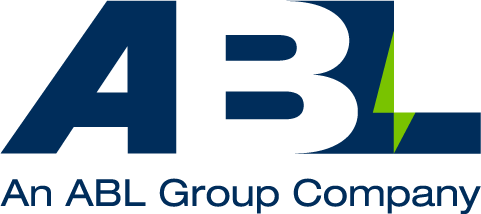How to Survive a Rig Inspection: Part 2
In this 16 part series, our head of Rig Inspection Services Steven Lee shares tips on how operators and owners can get through rig inspections with flying colours – and which pitfalls to avoid! Mr Lee has more than a hundred rig inspections under his belt, from all parts of the world. In this second chapter, we look at preservation inspections.

Part 2: Preservation Inspections
Over the years I have been asked numerous times what constitutes a good preservation plan, and for me the answer is simple – it’s one that has fully considered a reactivation.
Often in the downturn rigs were preserved where the main aim was company survival and money saved today was not just a benefit but a necessity. Unfortunately, that may mean that a dollar saved 3 years ago has cost 10 dollars today – and for companies who survived through those years, they will no doubt feel justified in their approach.
The types of strategies that I refer to when talking about reactivation are what could be considered as consumables. These include items such as:
- Hydraulic hoses
- Lifting wires
- Bearings
We have seen varying approaches to items like these, with some owners considering them as disposable upon reactivation and not spending money or effort to preserve them. Other owners remove or make efforts to preserve these types of equipment and then test and establish them back into service during reactivations.
One of the particularly often overlooked items is the removal of drilling lines, which if not removed has a number of consequences:
- Brinelling or flat spotting of bearings on crown clusters
- Brinelling or flat spotting of bearings on travelling blocks
- Brinelling or flat spotting of bearings on draw works
- Exposed wire corroding
Again, it can be argued that if the reactivation plan includes renewal of wires and overhauls of the equipment then wires and bearings will be replaced as part of that reactivation exercise. Had the wire simply been unreeved then potentially some expensive overhaul work could have been avoided, if the preservation fell within 5 yearly overhaul periods.
During a preservation inspection, a rig inspection team will mainly consider what the Original Equipment Manufacturer’s long-storage preservation recommendations are, what preservation maintenance is recommended and then compare these against each other.
It is repeatedly seen within the industry that different approaches have been taken to the same objective. This is primarily driven by upfront cost against back-end costs.


In the example above, the photo on the left has been fully enclosed within UV protective material. In the photo on the right, the equipment has been left open.
The expectation of the equipment owners on the left photo was to unwrap the equipment and go back to work, whereas those on the right expected to replace hoses, wires etc. then go back to work. The owners of the equipment on the left spent more time and money during preservation, and those on the right will spend more time and money during reactivation.
As I said at the beginning, preservation strategy all comes down to the reactivation strategy.
